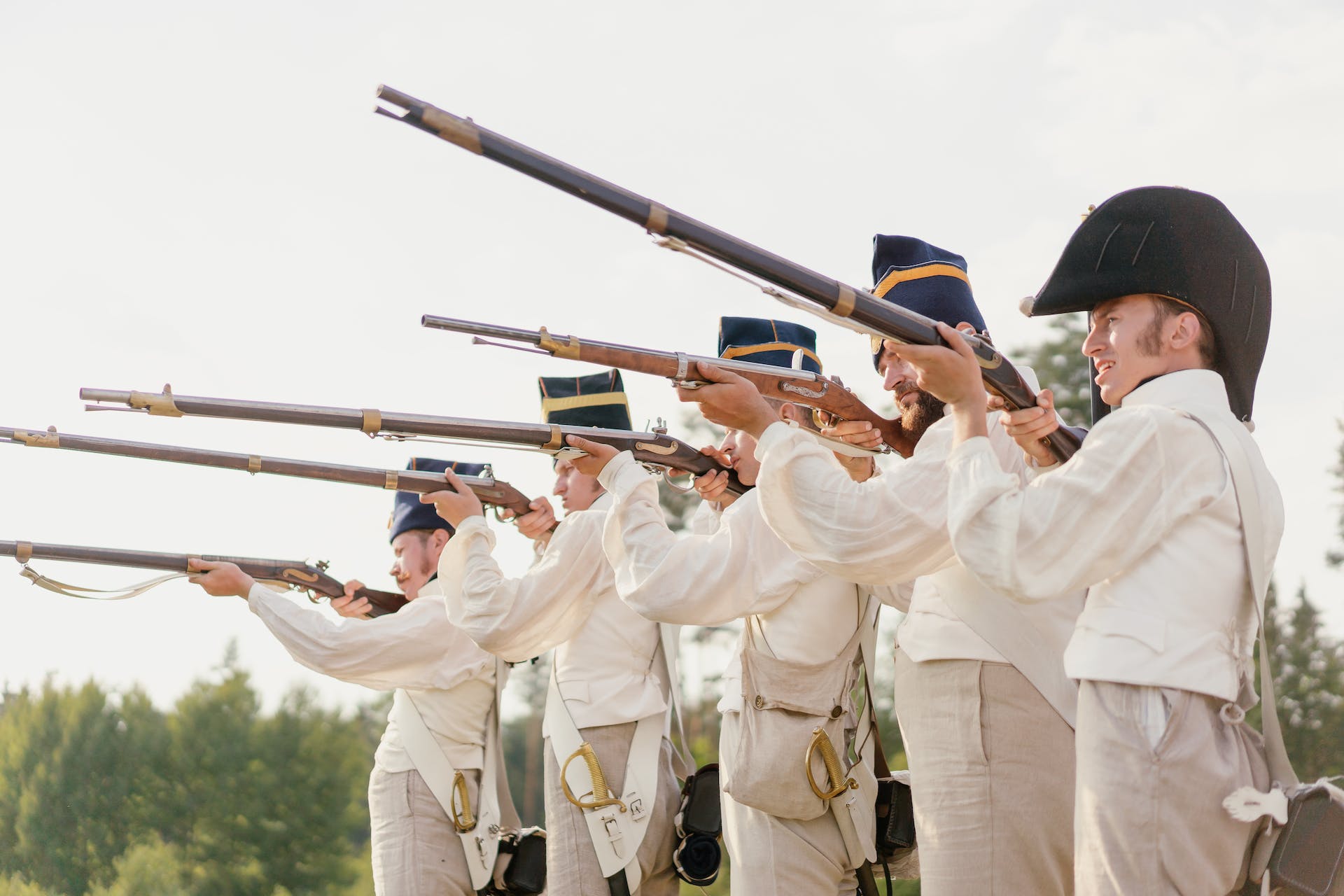
At the end of the 19th century, Russia was at war with Turkey and Japan, among others, in different years and on different sides. Success was hard to come by and Russia suffered heavy defeats. Discussions took place in the early 20th century within the armed forces on how to improve and avoid defeat in the future. As we know, it didn’t take more than a decade for it to happen again. This time in 1914 and the First World War.
Time to take action
So an improvement was needed. The Tsar pressed on with orders that improvements were needed and the generals in the newly appointed General Staff began to work on passing orders down to the various arms. Here we recognize the typical hierarchical structure, with cat-and-mouse missions.
Quite soon, there was trouble within the different arms such as artillery, infantry and cavalry. They could not agree on what improvements were needed. There was disagreement about where the fault lay for the heavy losses in previous wars. Because it was obvious to everyone, within the respective arms, that the problem was not with them. It was the others who made the mistake and should now get their act together, not the company itself.
Culverts
Furthermore, we can directly recognize silo thinking, where people do not look at the whole picture but only at their own. It all starts with us and our army. Errors are in others and not in us.
However, work was forced to continue, albeit with great resistance. In artillery, proposals were made to make units easier to move across the battlefield. In retrospect, this is a good proposal, as today’s artillery has few and more mobile pieces. The proposal was to reduce the number of artillery pieces from eight to six. This proposal would increase the number of batteries and make each of them more mobile, while maintaining overall firepower. They did not reduce the total number of pieces, but simply distributed them over more batteries.
– Risk of demotion? Then I am not in
However… this proposal meant that as the number of pieces per battery decreased, there was less need for high-ranking officers to lead the battery. They had the number of pieces as a factor for the officer rank needed to lead the battery. More pieces were nicer to lead than fewer and made for a higher rank of battery commander.
This meant that there was a fear among those who had already climbed the hierarchical ladder that they would be demoted or no longer needed. Now the resistance became compact.
The self is more important than the team
Here we see directly how it can become a problem for the individual when we find a sound solution that is better for the whole. For individuals, the self becomes more important than the team.
On the one hand, they had proposals for an improved and more powerful military force. This is a matter of life and death for those involved in the next war and therefore a good thing. But on the other hand, officers may need to mix with junior officers in the position of battery commander, or perhaps risk being demoted.
So these improvements are hindered and thwarted by something as simple as the ranks of the officers.
We can learn from the above stories, also for our own improvement work.
Lessons learned
The lesson is that we cannot ignore the self-interest and power of individuals in our improvement work. Here you need to anchor the improvement work in a good way, where purpose and vision are an important start. Here you as an improvement leader, together with other leaders in the organization, need to clearly describe the purpose of your development.
A good basis for finding the purpose is to find the need or threat to the business if you don’ t make any changes. According to studies, humans react with a 9:1 ratio to threats versus rewards, meaning that we are much more strongly driven to avoid danger than to achieve something rewarding.
Change analysis
In phase 1 of theShaper of Business Excellence methodology, we conduct a change analysis, looking at the future challenges and opportunities of the business. There you will find the basis for describing the purpose. The purpose explains why we should do something.
A colleague told me that he was asked why he always asks the question “why”. Simple, because in the answer to “why?” there is always the reason why you need to do something. Without a purpose, it is difficult to then find the right strategies, goals and enthusiasm among those involved and working on improvement.
Wrong management style leads to poor retention
The Russian armed forces did not have a clearly described and anchored purpose. It was there in the face of major defeats, but since traditionally there is no involvement, but rather a command approach, understanding is weak and resistance is high.
What is the situation in your organization, have you clearly described the purpose and anchored it with the employees?
Is there a need for help to get momentum in your improvement work? Get in touch with me and we can talk about how you and you could get momentum in your work. A short, 30-minute call to find out where your needs are and what steps need to be taken.
Until next time, have a great week,
Matts
PS. Want to read more about Russia’s failed battles, even if you are not interested in military history? It is possible to read the book from a leadership perspective, which I did. Then check out the book
The Russian war fiasco
. Easy to read and interesting.

